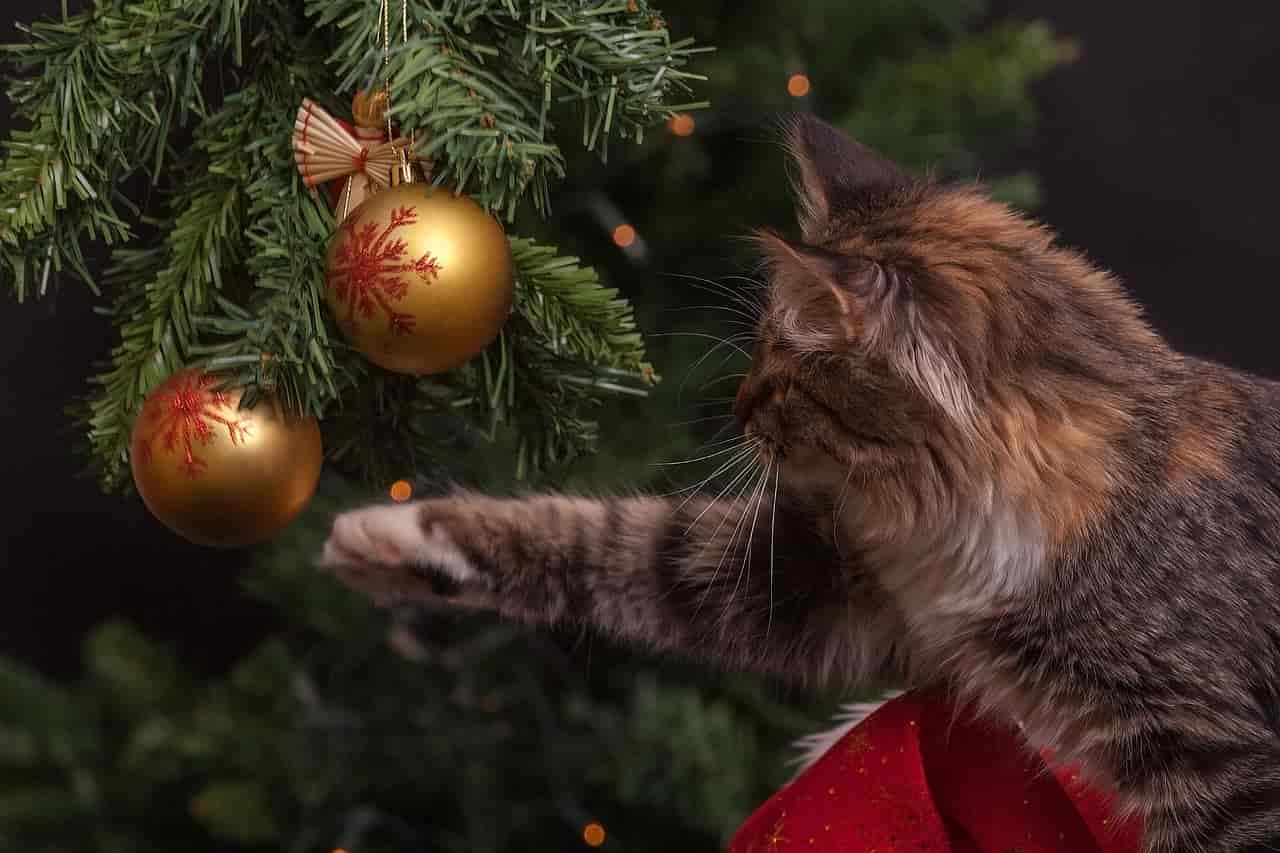Most experienced cat owners can figure out what their cat is trying to tell them through years of experience. However, understanding a cat’s body language can be challenging, even for longtime cat lovers.
Cats are good communicators. Knowing what to look for can give you great insight into your cat’s emotions and help you form a closer bond, which benefits everyone.
Cat Body Language
Cats primarily use three types of body language to communicate how they feel: tail, posture, and ears. These three indicators are often the easiest for humans to interpret. Here’s how to read your cat’s emotions through his body language.
The tail has a story to tell.
Fortunately, when it comes to a cat’s body language, one of the most valuable indicators is also one of the cat’s most prominent features: his tail. Sometimes, looking at where a cat’s tail is pointing or how it’s wagging is enough to tell if he wants to play, snuggle or have some space.
The meaning of the five most common tail positions and movements:
Question mark: Cats often position their tails in the shape of a question mark when they’re feeling playful – time to grab a toy!
Tail-up: This means the cat is confident and ready to interact positively.
Tail curl: If a cat curls her tail around another cat or person, it’s a clear sign of affection, and it’s time to return the gesture with a gentle scratch under the chin.
Folded Tail: This signifies your cat’s insecurity and fear. Give your cat some space and assess what might be causing her to feel this way.
Puffy tail: Unless it’s during play when a cat does this, it’s agitated or scared. In this case, step back, check for any stimuli that might bother the cat, and give it time to calm down.
Observe the cat’s posture
While a cat’s tail can tell you a lot, it’s not the only non-verbal sign of how she feels. Feline body language is very significant in the posture cats adapt. A cat’s posture can give essential clues, whether a crouch, an arched back, or an upright gait.
Five feline postures and their meanings:
Lying down: a cat lying on its side is comfortable and at ease in its environment. Usually, this is the ideal time to approach and greet a cat.
Straight and determined gait: This gait, often accompanied by a raised tail, is a sign of a confident cat that feels sociable.
Croucher: A cat in a crouched position with the tail tucked under or close to the body may feel vulnerable and frightened.
Arching the back: Not to be confused with stretching, this is usually accompanied by a curled tail that swings rapidly and is a warning sign of a restless cat that needs to be alone.
Roll slightly to one side: Not to be confused with the relaxed, stretched-out position, cats tense up and roll slightly to one side when they feel threatened. This position is usually accompanied by folded ears, exposed teeth, and the cat getting into position to use its claws. This is a good indicator that the cat needs to be left alone, that the negative stimulus needs to be removed or that a confrontation is imminent.
It’s all in the ears.
We’ve already talked about two of the most prominent body language signals in cats, but we’re still going because cats can tell a lot by simply wiggling their ears. As a general rule, the way the ears point toward the front of the cat’s face indicates what the cat is feeling. Let’s see what we can learn from something as simple as the position of a cat’s ears.
Five positions of a cat’s ears and their meaning :
Pointing forward, relaxed: they indicate that the cat is comfortable, alert, confident, and attentive.
Pivoting: When a cat turns its ears, it is trying to perceive sounds and images in its environment and is attentive.
Ears turned to one side: This indicates that the cat may be irritated by something in its environment.
Flattened ears: When a cat’s ears do this, it is afraid of something in the immediate area. Be alert and give the cat its space if it does this.
Ears back: Ears back and flattened against the head are a sure sign that you should not approach the cat. This cat may feel threatened by something or maybe preparing for a fight or other aggressive behavior.
Although the vocabulary of feline body language is long and full of nuance, it is a good starting point for unraveling cat language. If you learn to read your cat’s body language, you can tell if he seems scared, angry, affectionate, or playful. This way, cats will know that you’re listening to them – or, instead, watching – and that you’re interested in them.










